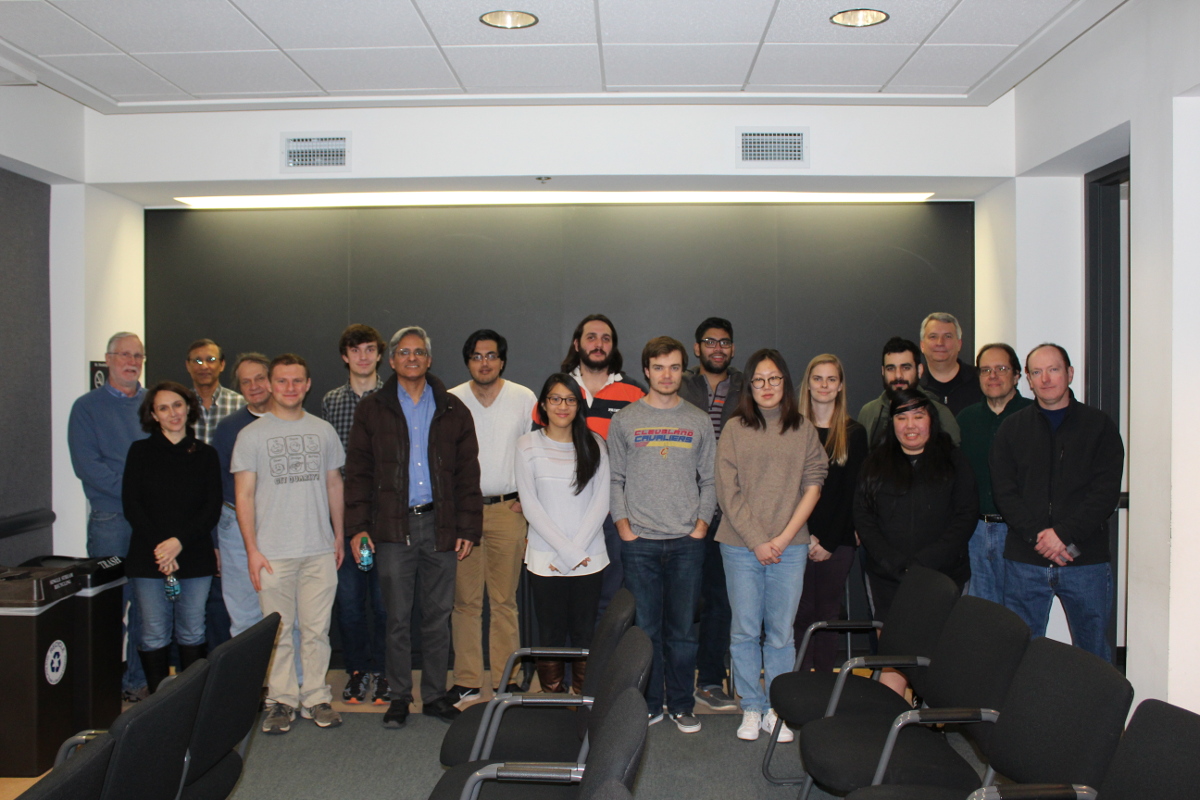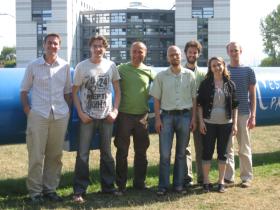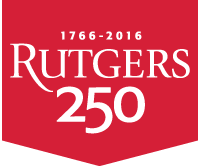
Experimental High Energy Physics
High Energy Physics seeks to answer questions about the smallest units of matter. Our current understanding is that everything in the universe is built up from fundamental particles called quarks and leptons, which interact via the exchange of field particles such as the photon (responsible for the electromagnetic force), the Weak Bosons, W and Z (the weak nuclear force), and the gluon (the strong nuclear force).The singular achievement of High Energy Physics, The Standard Model explains all our observations so far in a simple and straighforward way, much as Mendeleev's Periodic Table did in the 19th century.
There are many questions that the Standard Model leaves unanswered, or partially answered. Quantites like mass and charge are assigned empirically. We have no idea why there are so many quarks and leptons (while the entire stable universe is built from the two lightest quarks, and lightest charged lepton -- the electron). We do not quite understand why the universe came to be dominated by matter (the Standard Model treats matter and antimatter nearly equally).
Answering these questions requires probing matter at very small distances. This requires very high energies. Our work inevitably centers around large particle accelerator centers such as Fermilab in Batavia IL and CERN in Switzerland.
|
CMS Physics
More about CMS at Rutgers... |
OUTREACH
More about High Energy OUTREACH at Rutgers... |
|
More about CDF at Rutgers... |
Rutgers involvement in D0 focuses on:
More about D0... |
People involved with Experimental High Energy Physics
Follow this link to see a complete list of people involved
| At Rutgers.. | At CERN.. |

|

|
Updated Jan 11, 2019
Find more about:
Jump to:
| Undergraduate Courses |
| Graduate Courses |
| Events Newsletter |
| Outreach Activities |
| Observatory Nights |
| Alumni & Friends |
| Alumni Newsletter |
